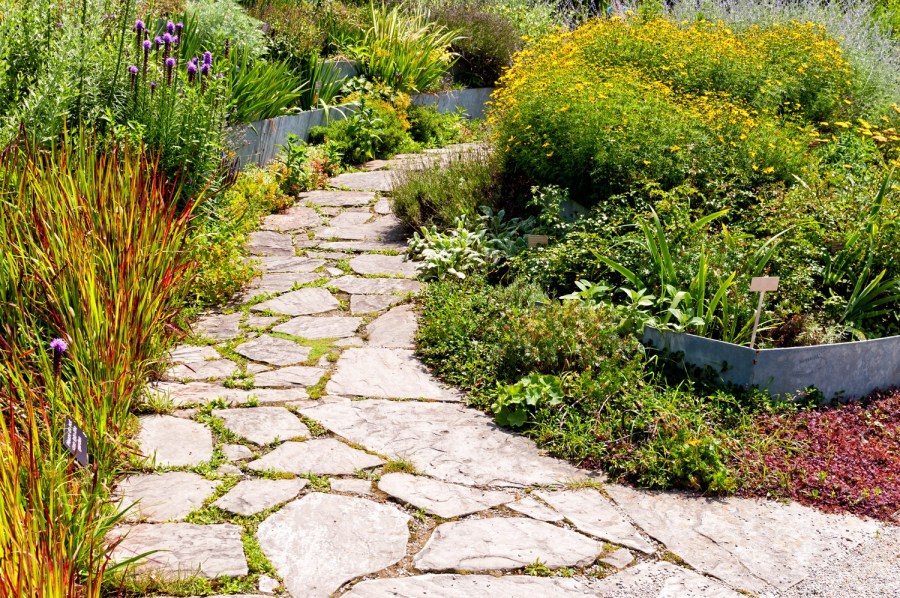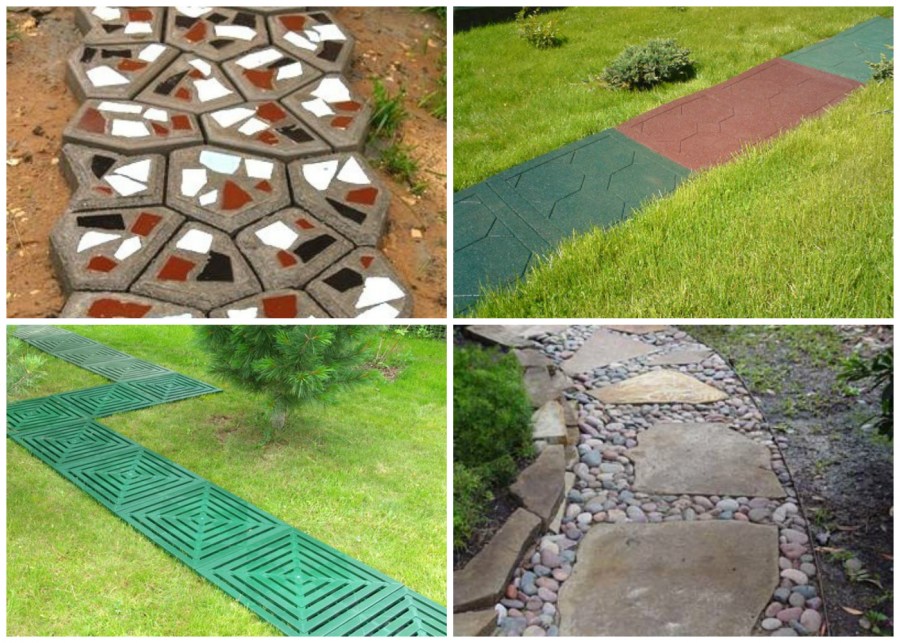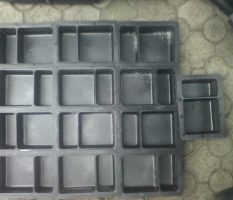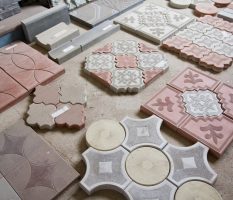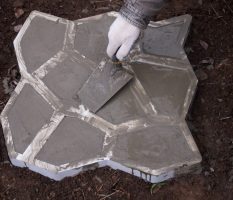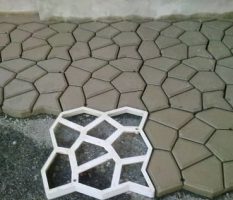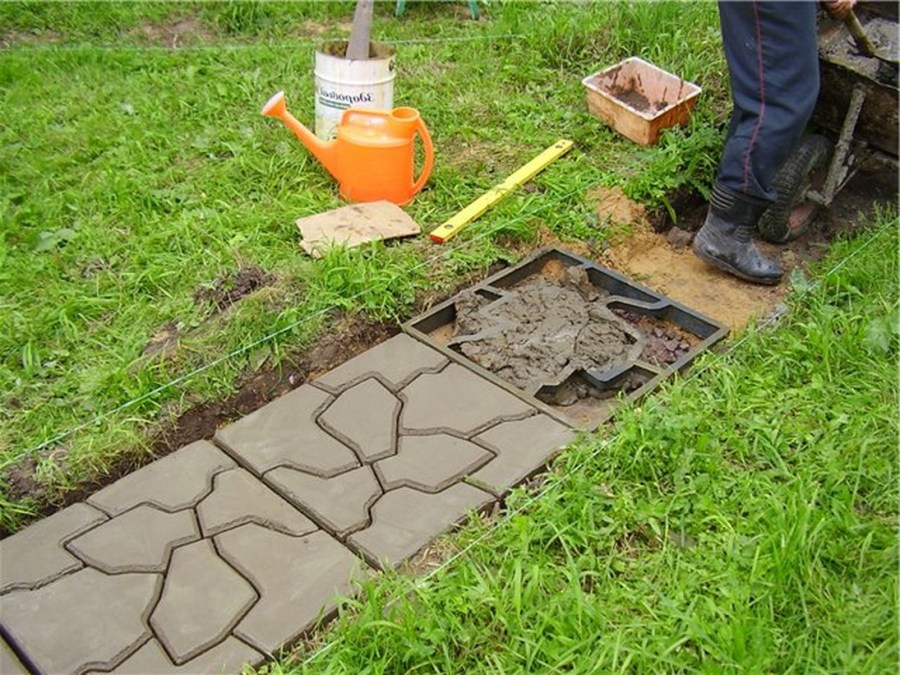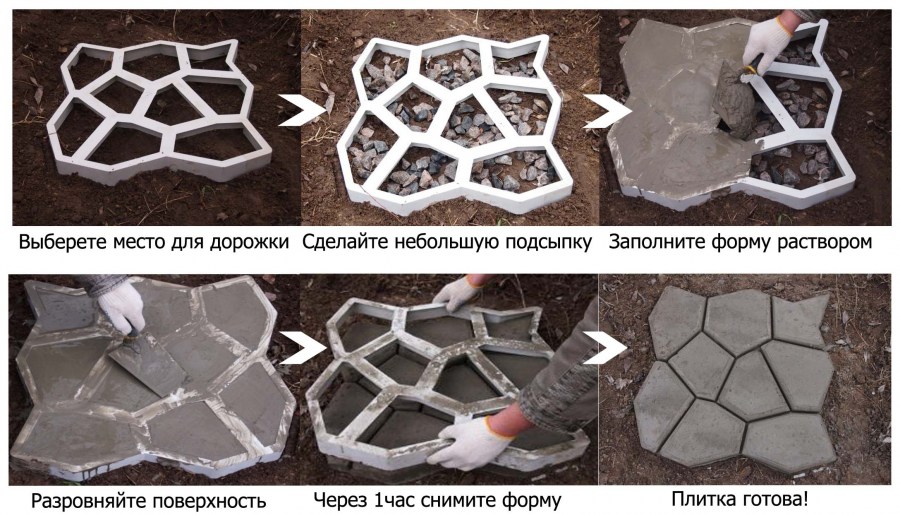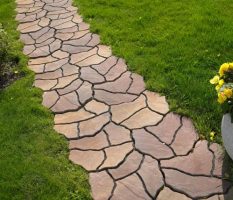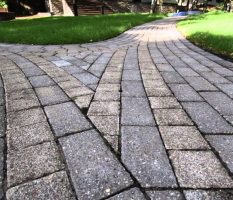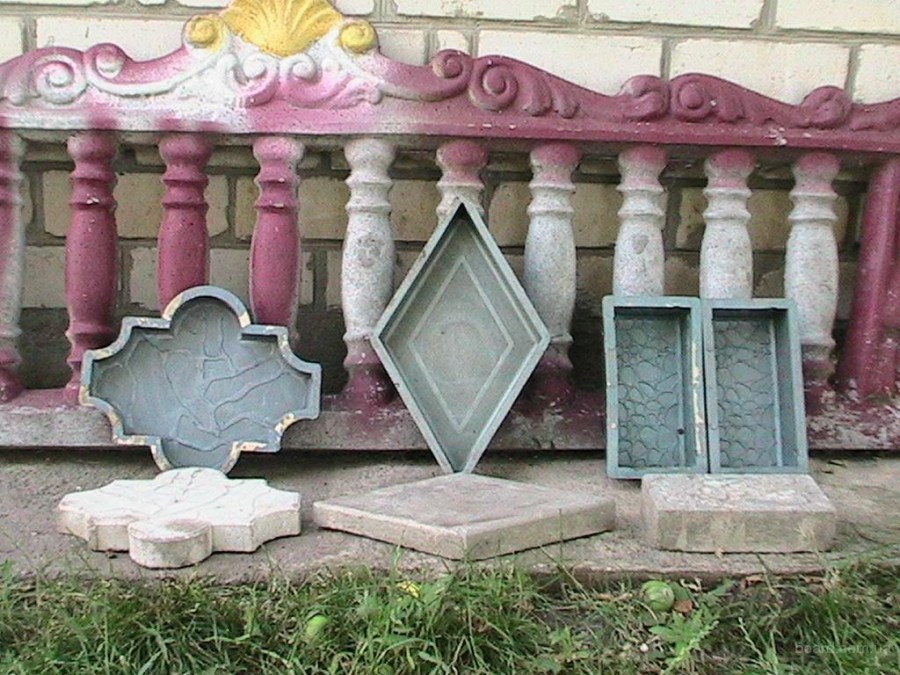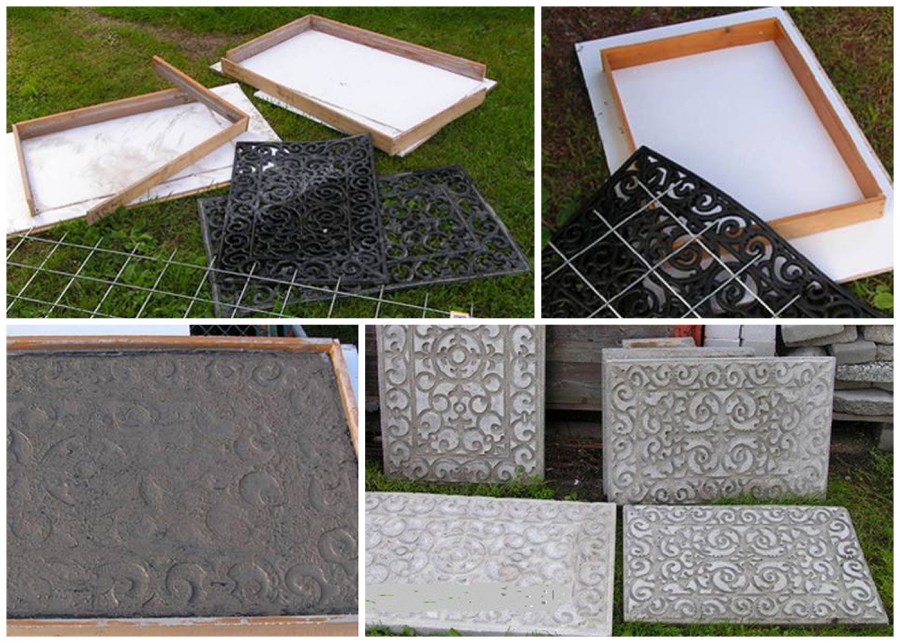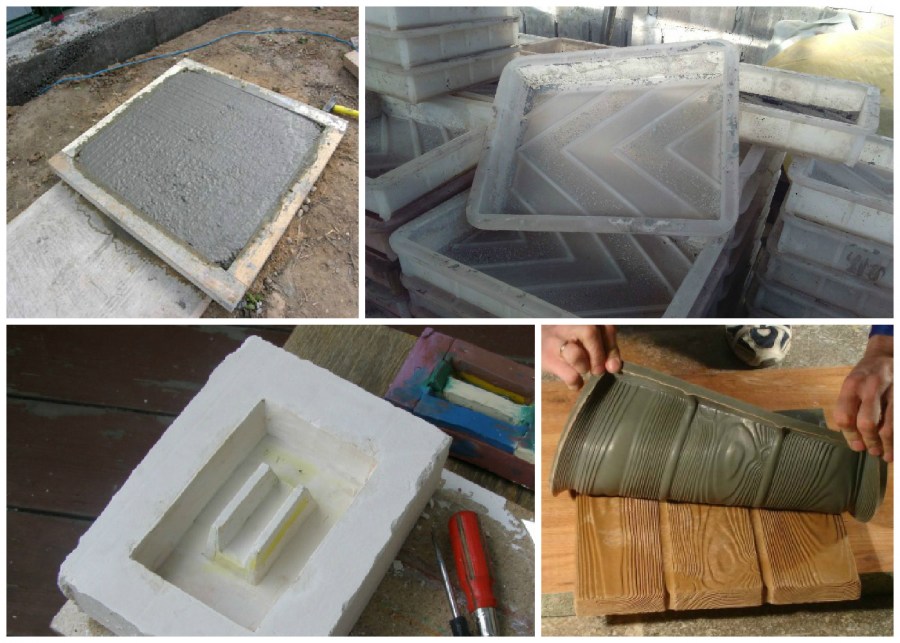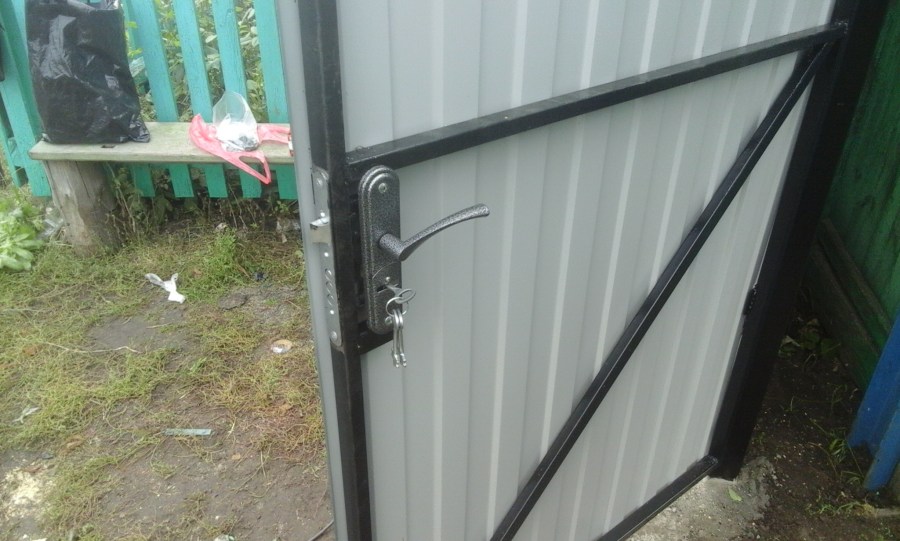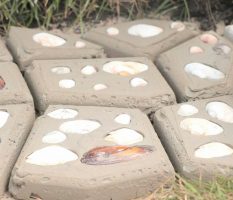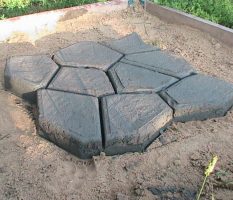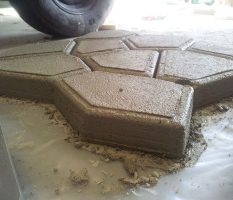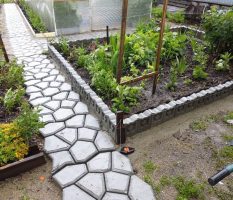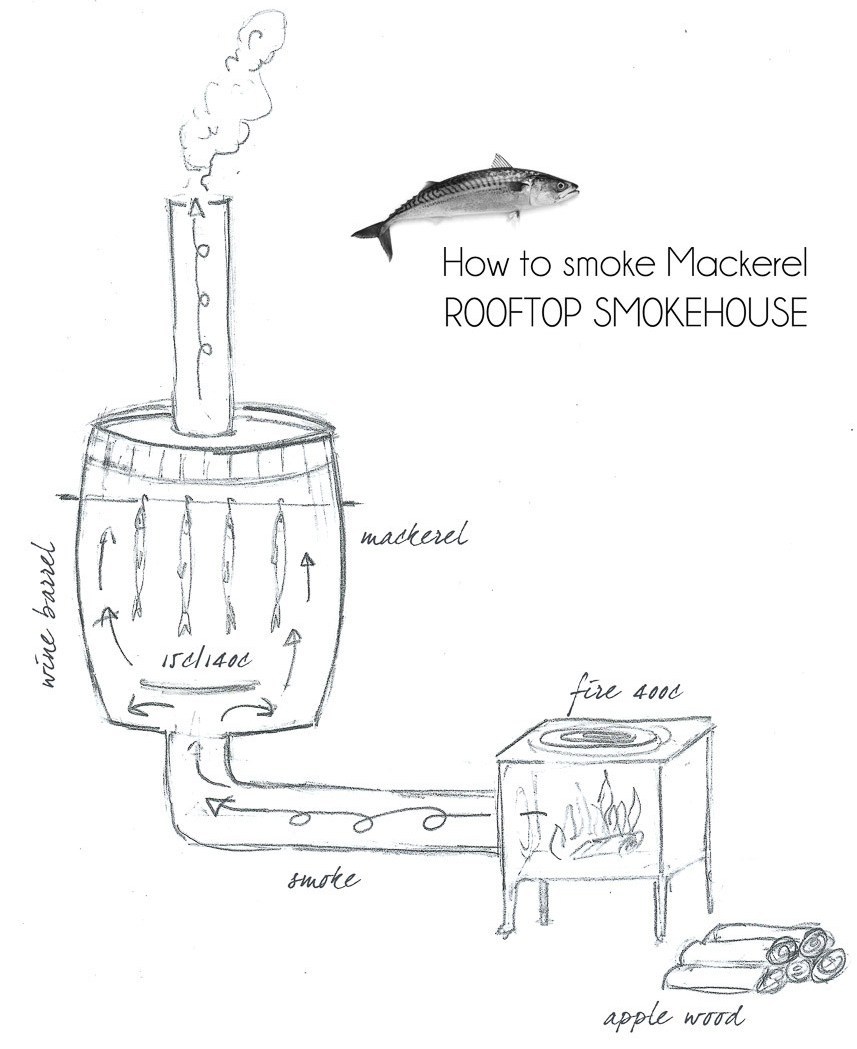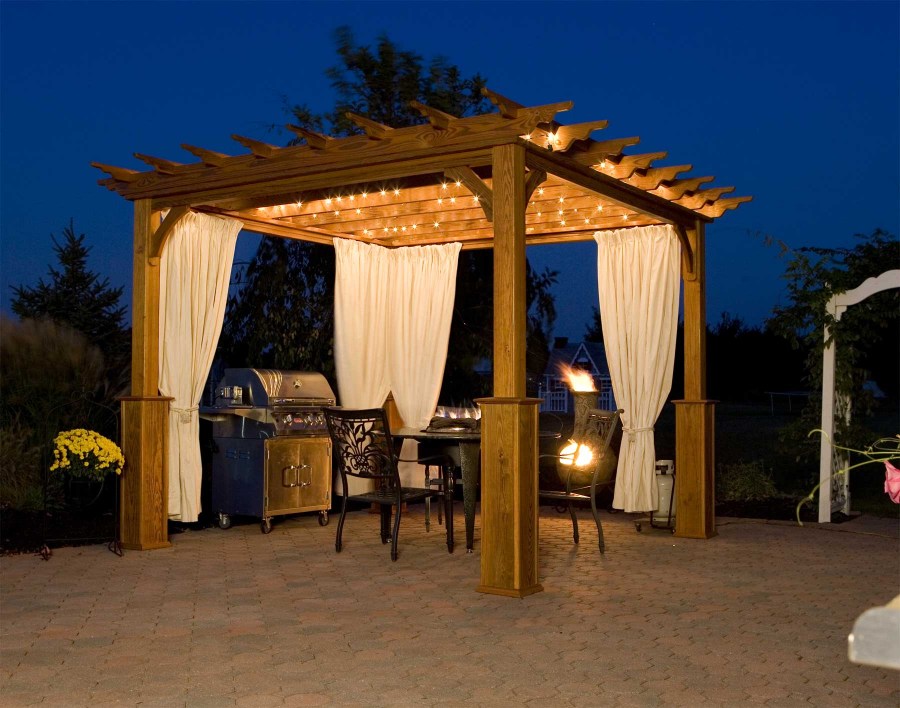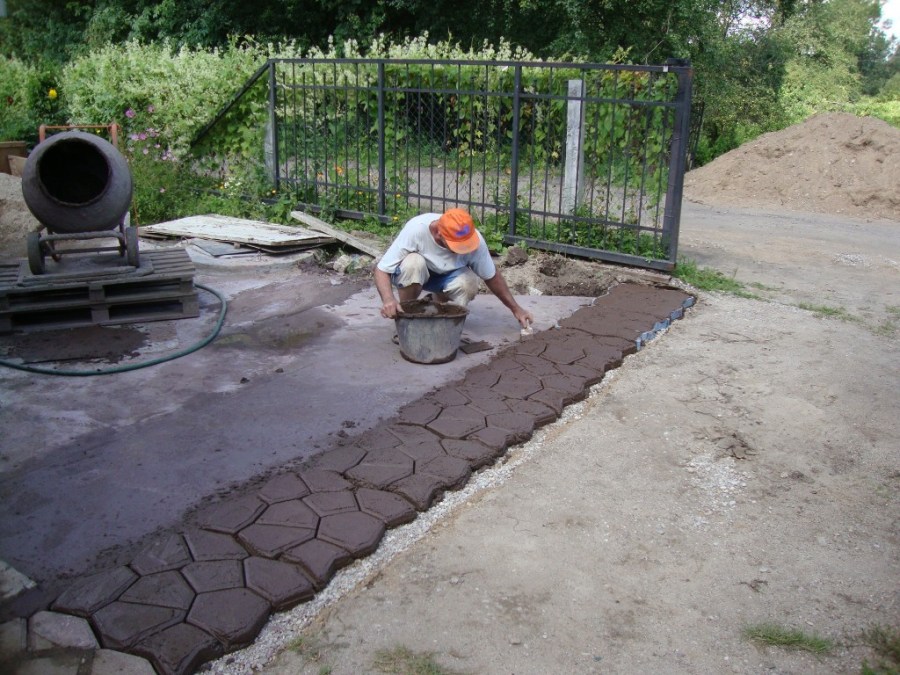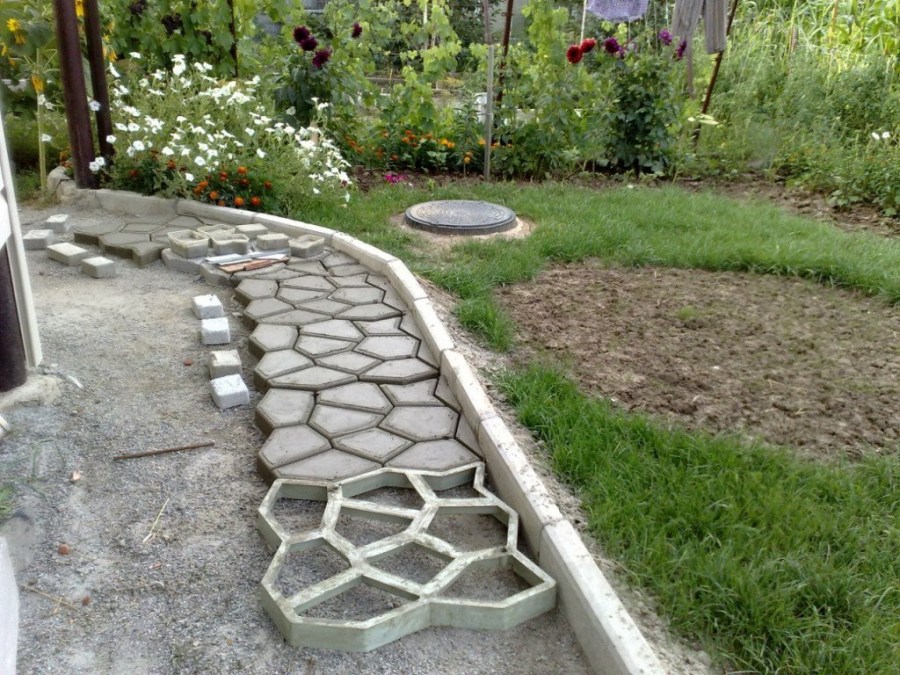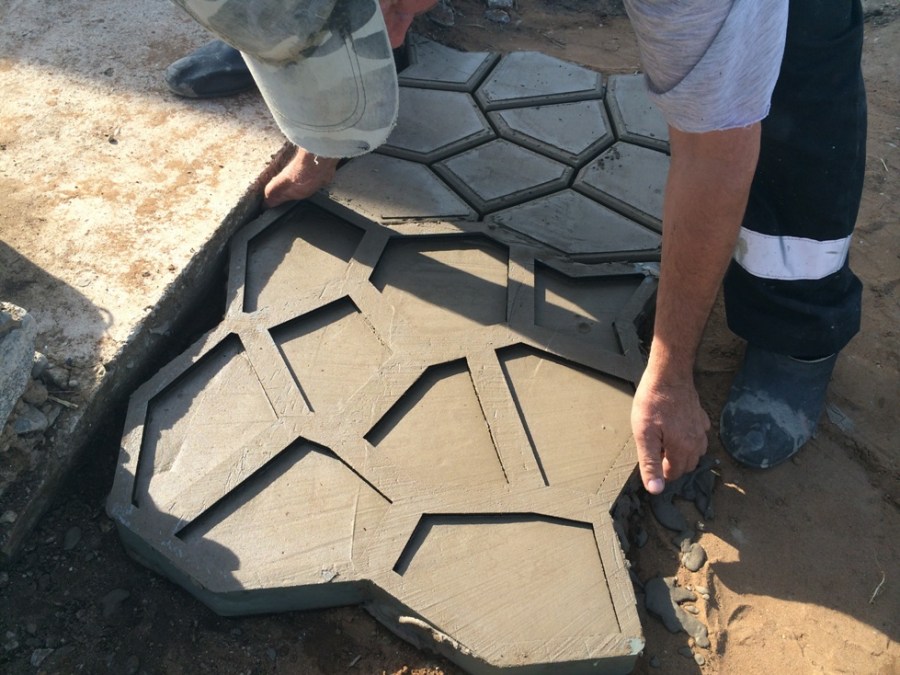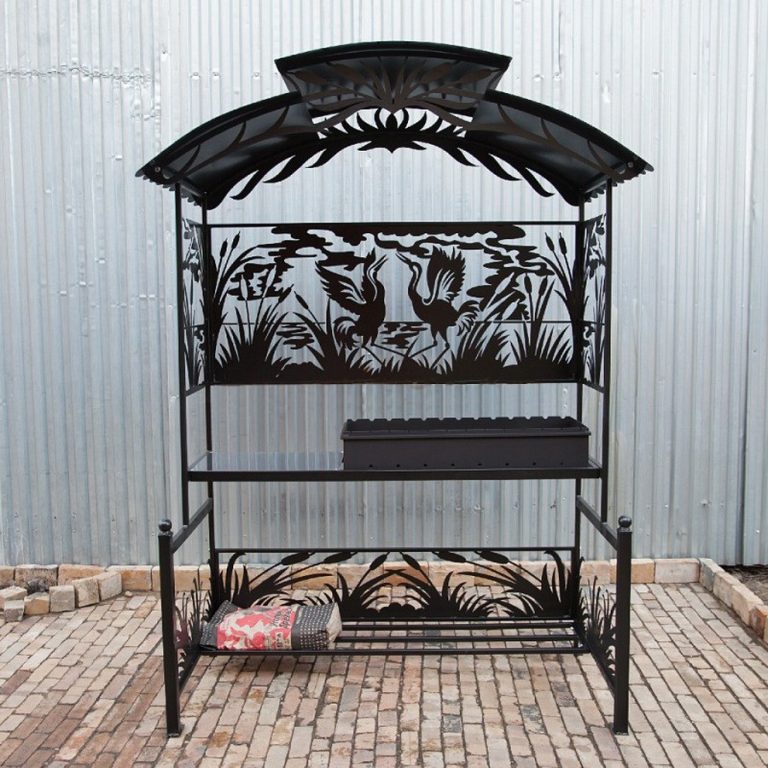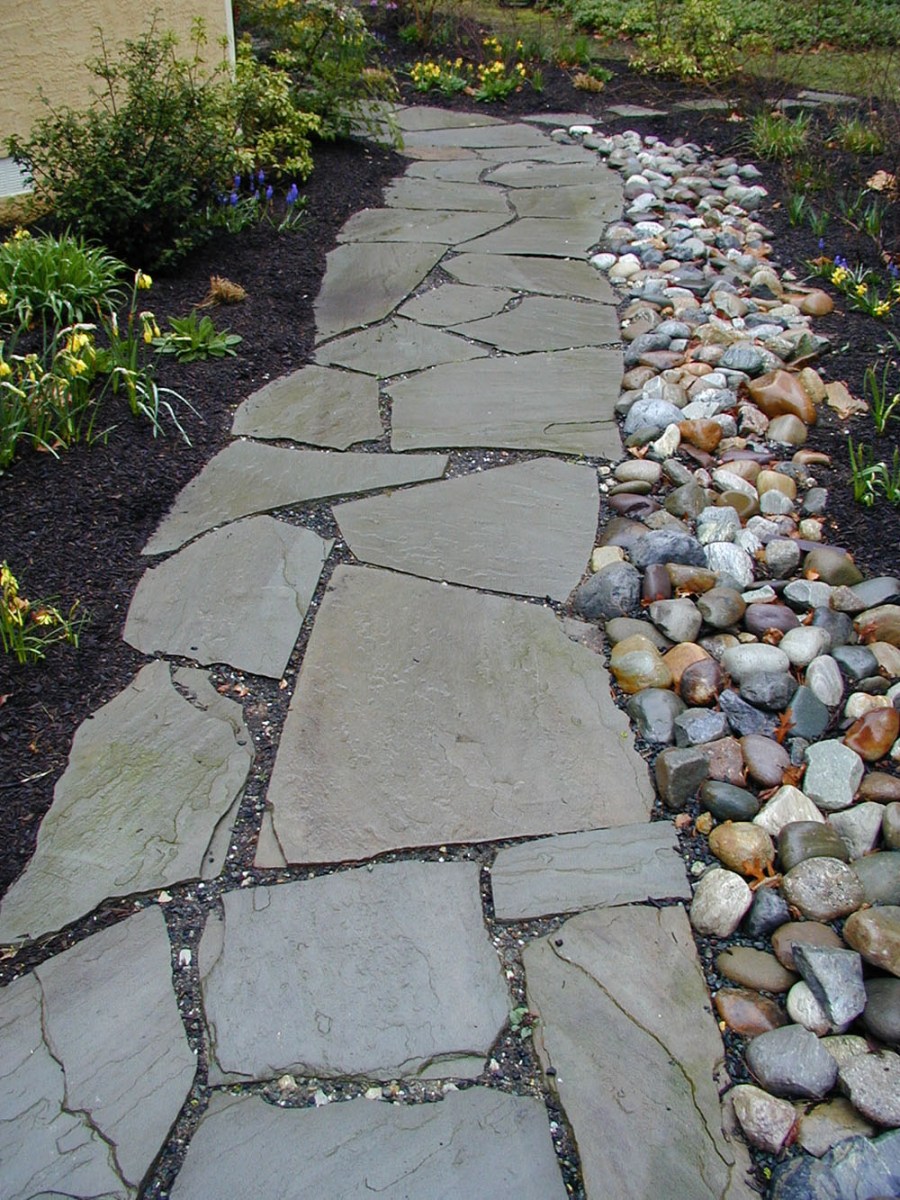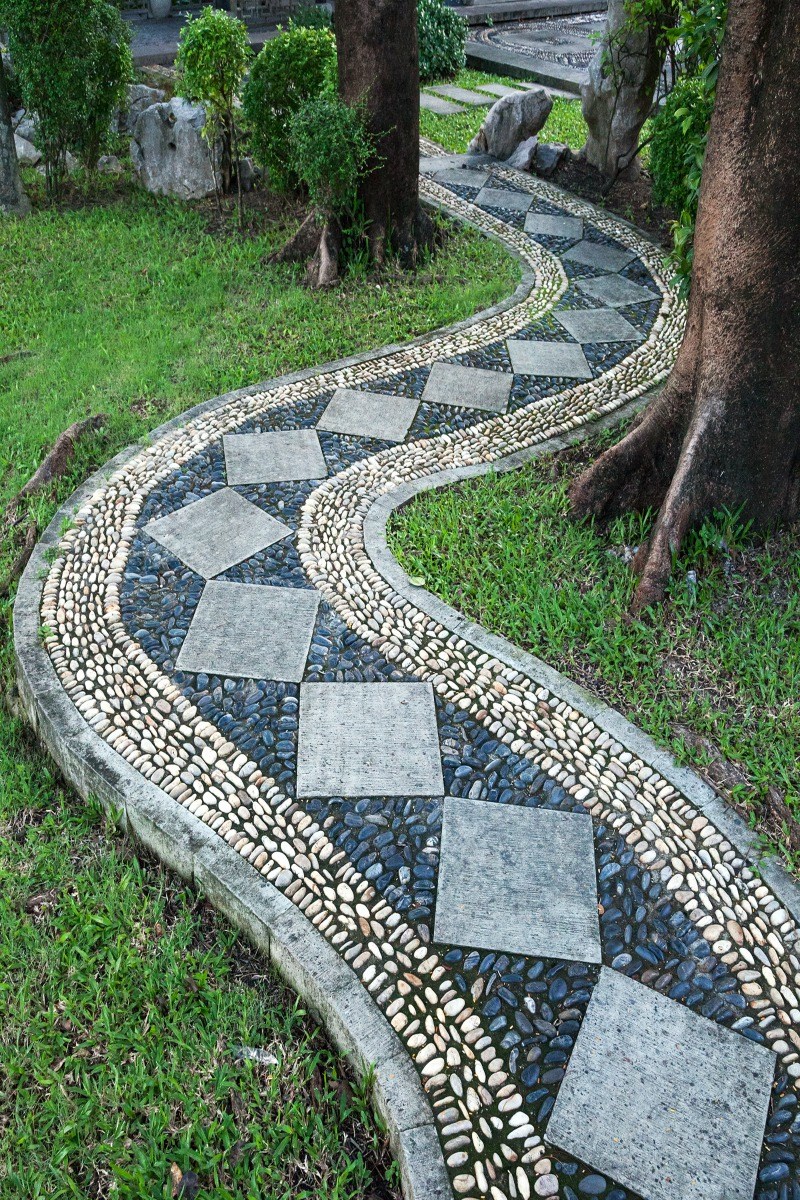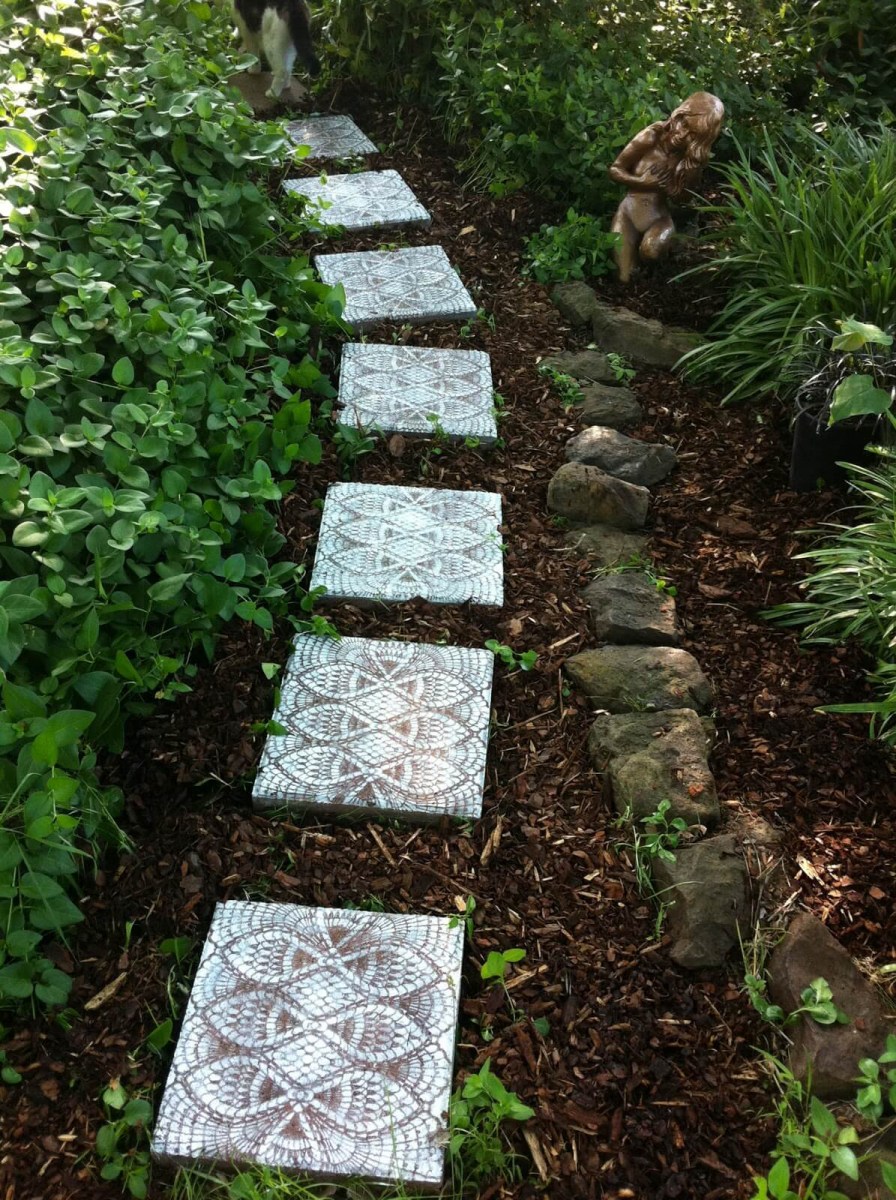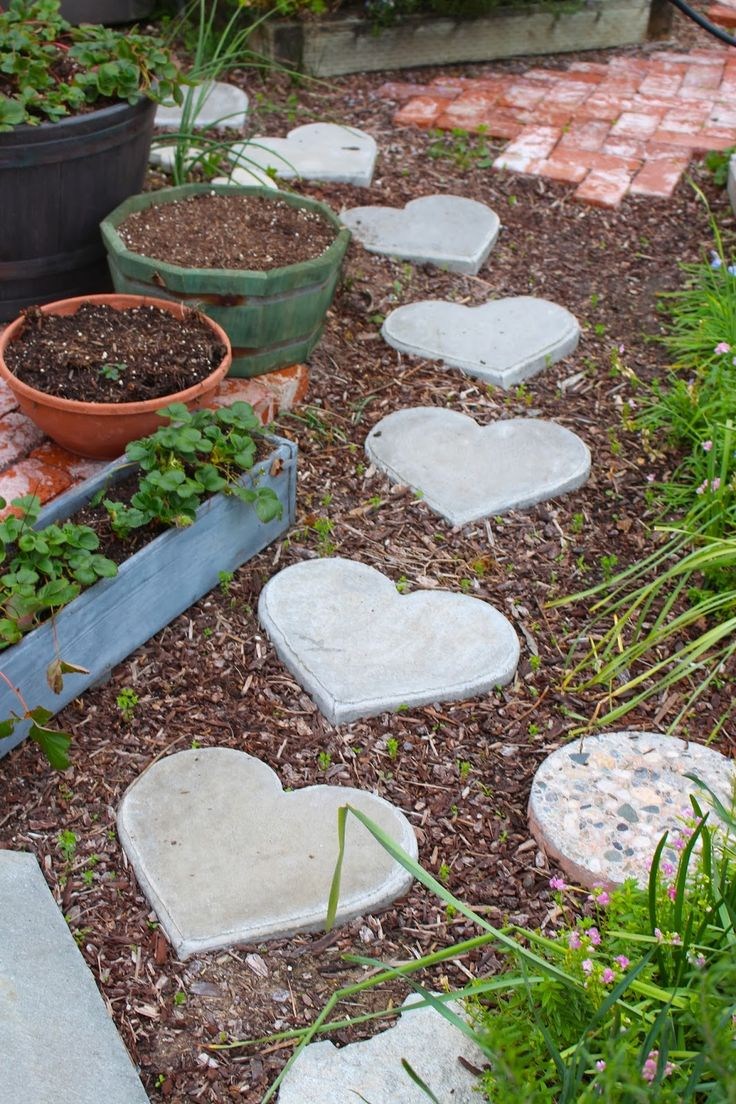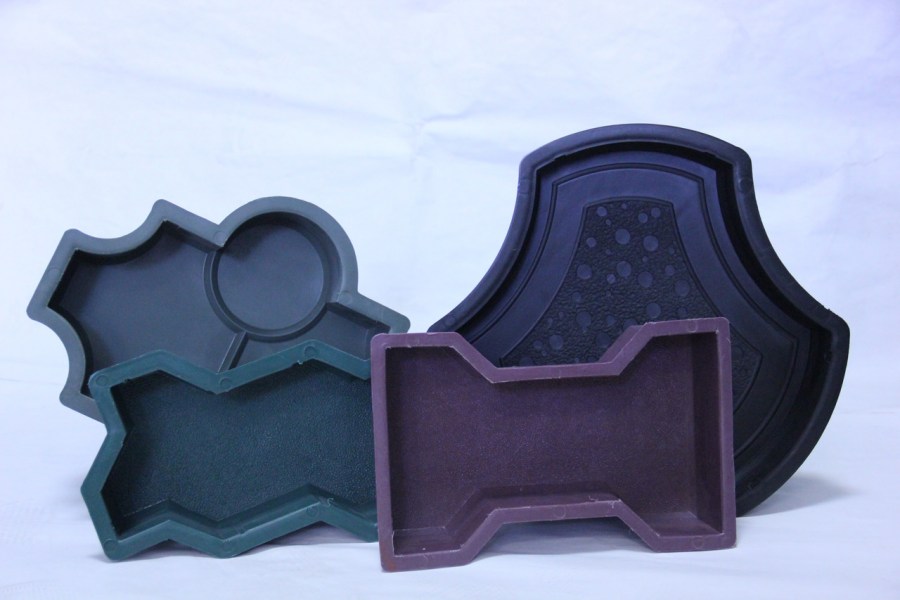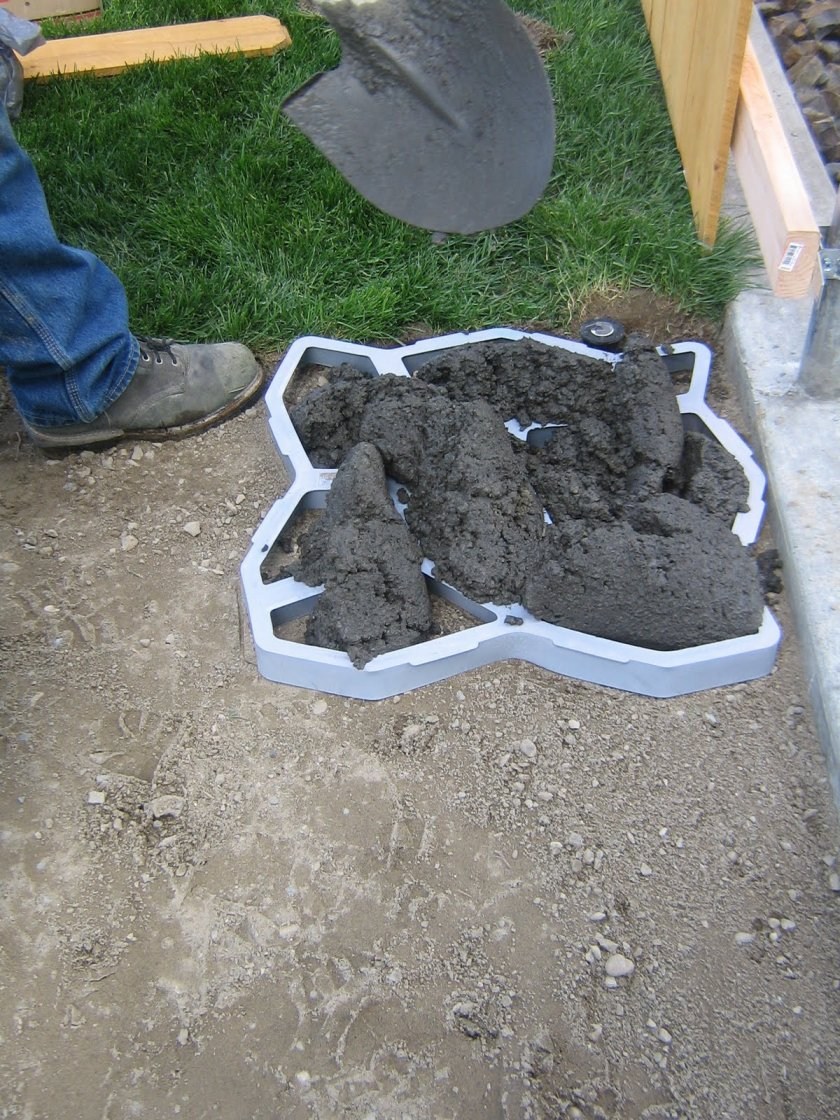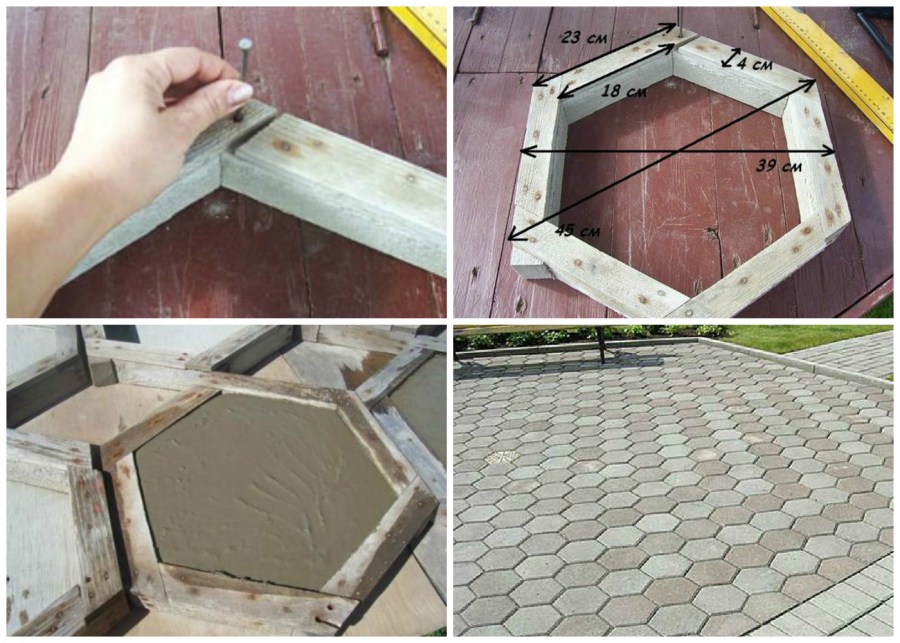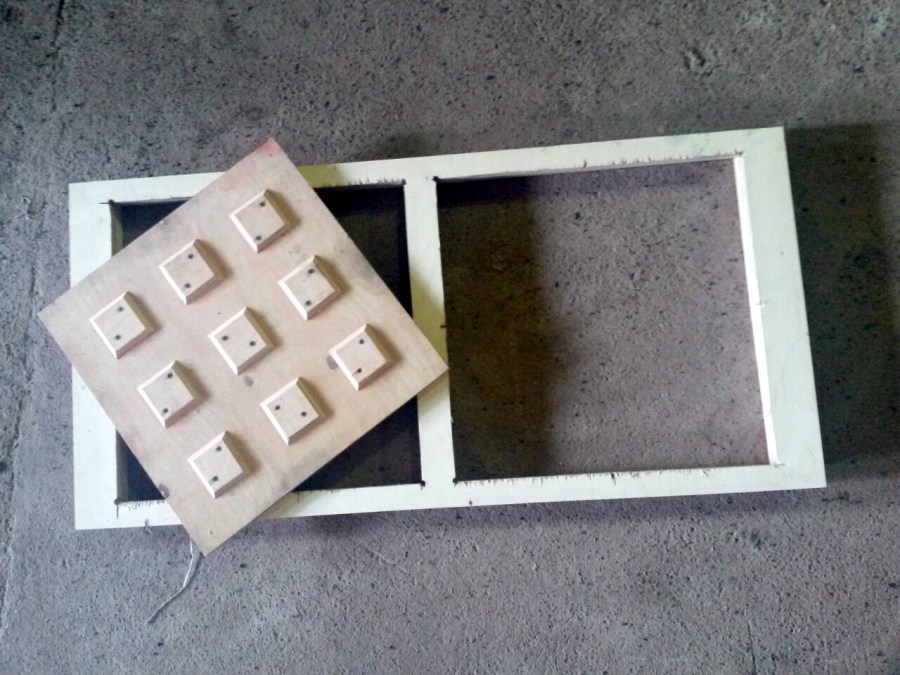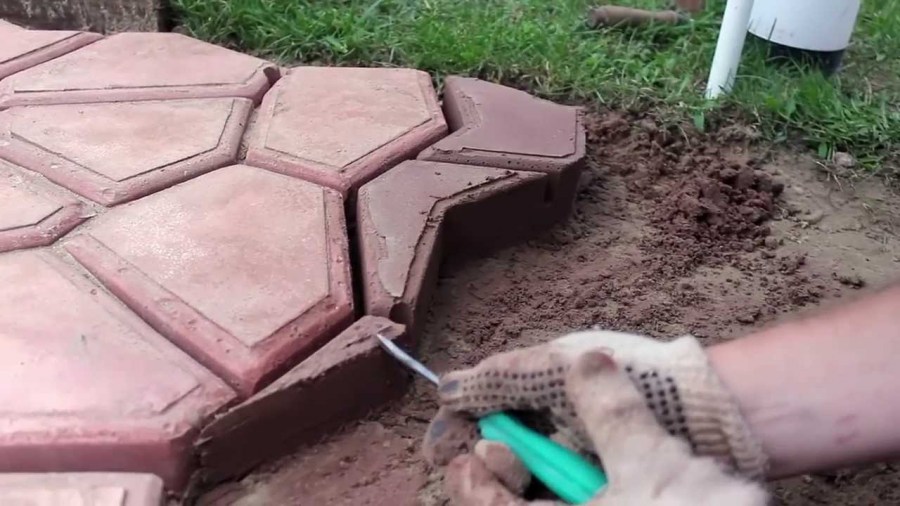Form for the tracks - making with your own hands. 100 photos of the best ideas for garden paths
Each site assumes the presence of not only beds and flower beds, but also mixed objects of a technical and decorative sense. We are talking about garden paths, which are necessary for the convenient organization of life. And to make them also a beautiful addition to the landscape will help a creative approach to the arrangement.
You can do the construction of the tracks in the right style yourself. To do this, it is not necessary to run in search of the required number of plates of the desired color, size, shape. It is enough to purchase suitable molds for pouring, as well as carefully study the simple technology of making garden paths with your own hands.
Using forms: reasons for the popularity of an idea
Garden paths successfully combine a practical and aesthetic function. In order for the finished object to ideally meet the required qualities, it is necessary to carefully manufacture it. The best choice is self-arrangement with the help of forms. This method has many advantages:
- cost savings;
- practicality and reliability;
- ease of implementation of the idea;
- originality and beauty of the result.
Using the mold for making tiles, you can realize various ideas. At the same time, the purchase of consumables will be much cheaper than the purchase of finished stones. Moreover, in this case it is not necessary to transport fragile products, which is always fraught with losses.
Using forms for garden paths, it will turn out to create a practical and reliable design, which for many years will delight with its durability.
The basis for creating a path involves multiple use. With its help, it will be possible to lay surface decorative stones or deep solid paving stones.
Using paving forms is easy. You do not need to possess special skills or apply a fair amount of physical strength. It is enough to knead the solution according to the instructions, place the mold in the right place, fill the composition, withstand the time, gently clear the borders.
The resulting track will definitely be unique and beautiful. Friends and neighbors are bombarded with questions about where to buy such tiles. In the process of work, it is important to follow the idea corresponding to the existing landscape design. A beautiful path must perfectly harmonize with the surrounding reality.
Buy a finished base or do it yourself
Nowadays, the problem of buying something does not exist. Finished products for creating paths of various shapes and sizes are presented in most retail outlets for the garden.
A rare configuration can always be ordered individually. The cost of most foundations is within 1 thousand rubles, so the costs will not become burdensome.
Anyone who stubbornly refuses to purchase a finished plastic mold can easily make an analog on their own. Hand-made base does not give geometric accuracy. But the path will turn out natural and original.
Creative work of authorship is always worthy of high marks, and the master himself receives satisfaction from the process and result.
Hand made molds
To create forms with your own hands, usually 1 of the following materials is used: wood, metal. It is easy to work with them even in the absence of experience. Such work will not cause trouble for any novice master.
To get the basis for the manufacture of wood tiles, you need bars of 5x5 cm in size. Billets of the required length in the amount of 4 pcs. fasten to each other with screws or steel brackets.
It’s good if you can cut special grooves along the end of the bars. They will serve as an excellent mounting option. The bottom of the stone mold is made from a sheet of plywood.
If the product format is large, the tile is supposed to be large-scale, then the bottom is best made from a sheet of iron or provide for a reinforcing layer (you will need a metal mesh).
Instead of wooden bars, you can take strips of iron of the same size. The easiest way to use hoops from an old barrel. In this case, to create the form you only need to strip the strips of material.
It is advisable to pre-treat the parts with an anticorrosive composition, wait for the agent to completely dry and proceed to molding. To do this, the hoops bend at the right angle. Non-symmetrical parts can be made. Then the resulting stones will be more like natural elements.
Metal hoops need to be laid on some base. As a rule, stationary restrictions are not used for this. It is enough to create a tile on any solid surface (iron or wooden sheet, dense earth).
Garden Path Technology Using Form
If the slabs for laying are made in advance, then the creation of the path in the garden begins with the preparation of the location. The quality and durability of the result of all subsequent work depends on the seriousness of the approach at this stage. To do this, organize a kind of foundation:
- digging soil in the future location of the tiles in the form of a trench (about 10 cm in depth);
- they fill the formed pit with crushed stone (up to 3 cm deep), gravel and sand are laid on top of it.
Work with tiles begins on an erected base. Finished items are installed on top of the sand layer. Each tile, in most cases, is installed tightly to each other.
The laid out track details are rammed with a rubber hammer. Sand is poured on top to fill existing voids. Finally, the compacted path is cleaned of excess debris.
If the finished tile is missing, then the technology for creating the track will be different. As a preparation, they dig a trench 5 cm deep. On the received site place forms for outflow of tiles. Using a rubber mallet, the cells are buried. The base soil and the form itself are slightly moistened.
The workspace is covered with a small amount of rubble. After that, they begin to work with concrete: they make a mortar, form tiles, smooth and iron the future pebbles.
The addition of crushed stone to the cement mixture will create an interesting visual effect and enhance strength. In the process of creating elements, it is desirable to give them a slightly convex shape. This will allow water to not stagnate on the path.
Using forms to get paths in the garden is common. With their help, you can create an original landscape design. Having looked at the photo of the forms for the tracks and the results of their application, you can understand that the scope for creativity is not limited.
Photo forms for tracks
Crafts from tires: 65 photos of stylish garden design options
Houses with a flat roof - 100 photos of the best options for construction and modern design
DIY greenhouse - how to make at home? Instruction + photo.
Thuja western: 80 photos of the best applications for landscaping
Join the discussion:
